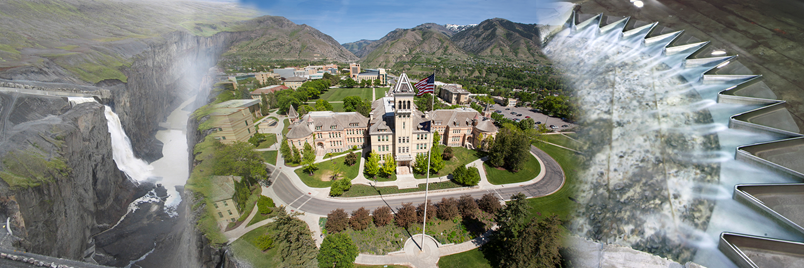Large-Eddy Simulations of T-shaped Open-Channel Confluences With Different Downstream Channel Widths
Location
Denver, CO
Start Date
6-25-2019 12:00 AM
End Date
6-27-2019 12:00 AM
Description
Confluences of open-channel flows are common in nature as well as in urban drainage networks and in hydraulic structures. The complex hydrodynamics is often studied in schematized, right-angled confluences. In this paper, the influence of the downstream channel width onto time-averaged and turbulent flow features will be investigated numerically, based on Large-Eddy Simulations. For one flow situation, i.e. flow ratio and downstream Froude number, two geometries will be compared: a discordant width case, which was studied experimentally by Yuan et al. (2016) in a flume with a wider downstream channel than the upstream mean and tributary channels, and the corresponding concordant width case, in which the downstream channel has the same width as the confluent channels. The widening of the downstream channel turns out to reduce the backwater effects, the flow contraction and the associated water surface depression. Moreover, the three-dimensionality of the recirculation zone in the mean flow is enhanced due to complex flow patterns, resulting in a reduced width and length of the recirculation zone in the lowest third of the water column. Finally, the respective cores of high values of the dimensionless TKE and Reynolds shear stress, that persist over the water column, have lower peak values in the discordant width case and the shape of those cores is more distorted, especially near the bed.
Included in
Large-Eddy Simulations of T-shaped Open-Channel Confluences With Different Downstream Channel Widths
Denver, CO
Confluences of open-channel flows are common in nature as well as in urban drainage networks and in hydraulic structures. The complex hydrodynamics is often studied in schematized, right-angled confluences. In this paper, the influence of the downstream channel width onto time-averaged and turbulent flow features will be investigated numerically, based on Large-Eddy Simulations. For one flow situation, i.e. flow ratio and downstream Froude number, two geometries will be compared: a discordant width case, which was studied experimentally by Yuan et al. (2016) in a flume with a wider downstream channel than the upstream mean and tributary channels, and the corresponding concordant width case, in which the downstream channel has the same width as the confluent channels. The widening of the downstream channel turns out to reduce the backwater effects, the flow contraction and the associated water surface depression. Moreover, the three-dimensionality of the recirculation zone in the mean flow is enhanced due to complex flow patterns, resulting in a reduced width and length of the recirculation zone in the lowest third of the water column. Finally, the respective cores of high values of the dimensionless TKE and Reynolds shear stress, that persist over the water column, have lower peak values in the discordant width case and the shape of those cores is more distorted, especially near the bed.


